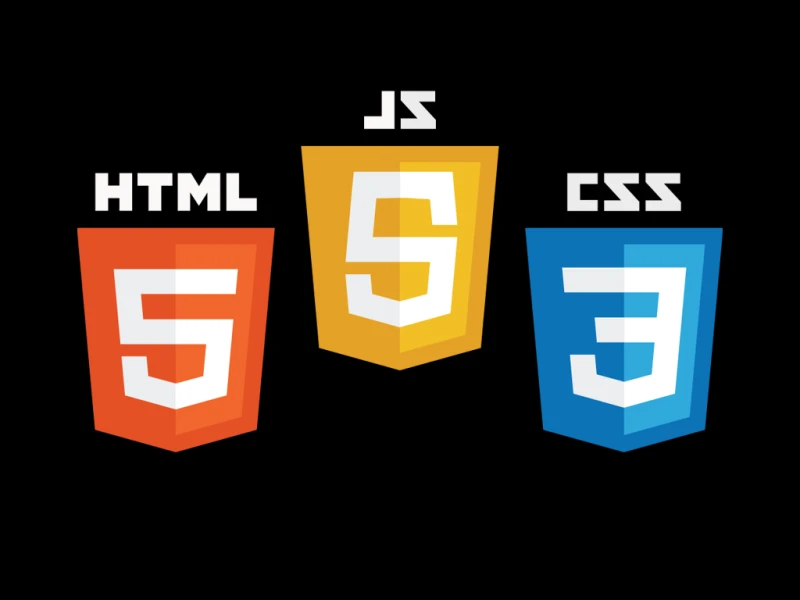
Make Your Links Shine: The Complete Guide to Setting Up Open Graph Tags
Understanding Open Graph Tags
Open Graph tags are snippets of code embedded in the HTML of your webpages. They provide social media platforms (like Facebook, Twitter, LinkedIn) with instructions on how to present your content when it's shared. This ensures a visually appealing and informative preview, potentially leading to increased engagement.
Methods for Setting Open Graph Tags
There are three primary approaches to setting Open Graph tags:
-
Manual Coding:
- Access your webpage's HTML code (often through a content management system or code editor).
- Locate the
<head>section of your HTML. - Within the
<head>, insert<meta>tags with specific attributes for Open Graph properties. Here's the basic format:
HTML
<meta property="og:<property_name>" content="<your_content>" />Replace
<property_name>with the desired Open Graph property (e.g.,title,description,image). Replace<your_content>with the actual content you want to display (e.g., page title, description, image URL).Here are some common Open Graph properties:
og:title: The title of your content (ideally under 60 characters for optimal display).og:description: A brief description of your content (around 120-156 characters).og:image: The URL of an image that represents your content (ideally at least 1200x630 pixels).og:url: The canonical URL of your webpage.og:site_name: The name of your website (optional).
Example:
HTML
<head> <meta property="og:title" content="My Awesome Blog Post" /> <meta property="og:description" content="This is a great post about [topic of your post]." /> <meta property="og:image" content="https://example.com/my_post_image.jpg" /> <meta property="og:url" content="https://example.com/my-blog-post" /> </head> -
Content Management System (CMS) Plugins:
- Many CMS platforms (like WordPress, Wix, Squarespace) offer plugins or built-in features to manage Open Graph tags.
- Explore your CMS's settings or plugin options to find Open Graph functionality.
- These tools often provide a user-friendly interface to define Open Graph properties for individual pages or your entire site.
-
Social Media Platform Debuggers:
- Once you've set Open Graph tags, use social media platform debuggers to validate and preview how your content will appear when shared.
- For example:
- Facebook Sharing Debugger: https://developers.facebook.com/tools/debug/
- Twitter Card Validator: https://cards-dev.twitter.com/validator?
- LinkedIn Post Inspector: https://www.linkedin.com/post-inspector/
Additional Tips:
- Keep your Open Graph tags concise and informative.
- Use high-quality images for
og:imageto grab attention. - Test your Open Graph tags using debuggers to ensure they're working correctly.
- Consider using Open Graph tags for different content types (articles, products, videos) to provide a tailored experience for each platform.
By following these guidelines, you can effectively set Open Graph tags and enhance the way your content is shared on social media!


